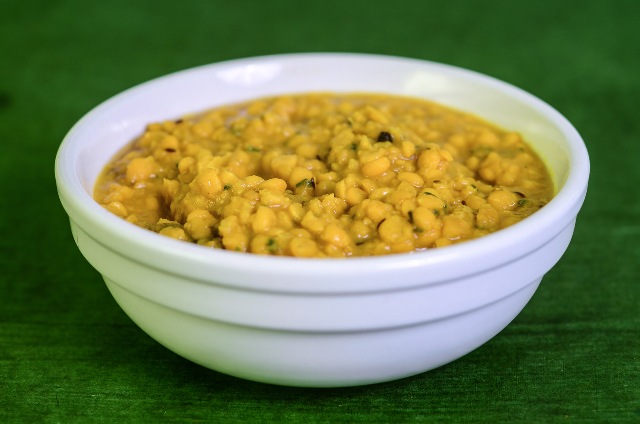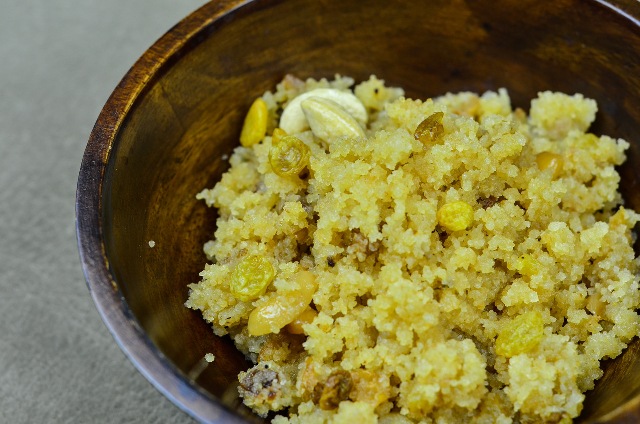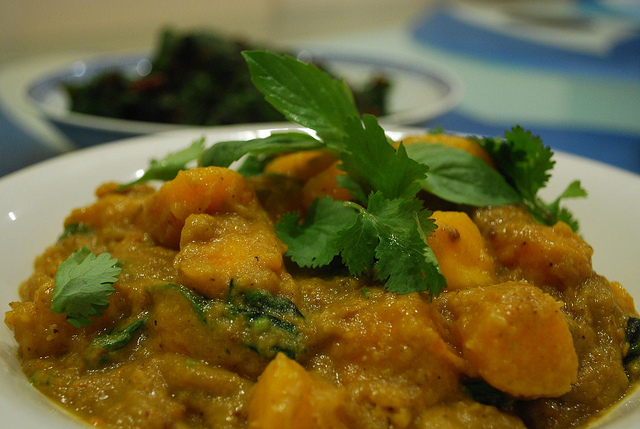
Take care of yourself during this vata season.
Vata is the air energy in the body, which governs all the body’s movements. Although it is made up of all five great elements, vata dosha is predominantly the energy that is conceptually made up of akasha (ether) and vayu (air).
As we enter vata season during late fall and winter, with its cold, dry air, it is important that we listen to the vata requirements for our bodies, especially if we are of vata dosha. If you do not know your dosha, here is an excellent article that explains more.
Not taking care of your body’s vata needs may make you prone to vata-related sickness. When your dosha is in a balanced state, it promotes creativity and flexibility and keeps the physical body enthusiastic and lively. However, when it is out of balance, it can lead to insomnia, arthritis, constipation, gas, bloating, nervousness, fear, anxiety, osteoporosis, paralysis, convulsion disease, pain all over the body, restlessness, and more.
Keeping warm—wearing warm clothes and consuming warm liquids and foods—helps our bodies to fight the cold season. Warm tea, soups, and stews are great for this season.
One of the recipes that I always make during vata season is this Bengal-style French lentil.
The spices in this lentil dish are warm, the mustard oil provides additional warmth, and French lentils are hearty and best when consumed in cool seasons.

Bengal French Lentils
Ingredients:
2 teaspoons salt
1 ½ cups French lentils (masoor dal)
Seasoning:
4 tablespoons mustard oil
1 tablespoon nigella seeds (black onion seeds)
2 dried red chilies, each torn into two
1 dried bay leaf, torn into two
2 fresh green chilies or 1 jalapeno, finely chopped
1 teaspoon ground turmeric
¼ cup finely chopped cilantro
Instructions:
1. Rinse French lentils under cold running water. Set aside.
2. For the seasoning, in a medium sauce pan, bring five cups water to a boil. Add salt.
3. Add lentils and stir. Over low heat, cook the lentils partially covered for 30 minutes.
4. Using a whisk, mash the lentils so that the cooked lentils become somewhat puréed.
5. In a small fry pan over medium heat, heat mustard oil.
6. When the oil is hot, add nigella seeds, red chilies, green chilies and bay leaf. Sauté for a minute. Then add turmeric and cook for 15 seconds.
7. Pour this mixture into the lentils and bring the lentils back to a boil.
8. Add cilantro and mix. Lentils are ready to be served.

Halwa
This semolina pudding, called sheera or halwa, is served as a prasad, or offering, in temples in India. The following recipe is a classic version of this dessert, however, there are many variations—some based on the region of origin, and some also based on the religious rituals being performed.
I remember that our Brahmin neighbors always added banana to this recipe, whereas at house-blessing ceremonies, this dessert was made with equal amounts of ghee, semolina, and sugar. Many South Indian families make this dessert with saffron, and they use water instead of milk.
Both milk and nuts are considered “warm foods” for our bodies, so again, it is good to consume them during the cold months of winter. Semolina is a coarse grind of durum wheat, and is heavy, unctuous, and a laxative, therefore people with a kapha dosha should eat it in moderation. According to Ayurveda, grains help to build bone tissue and muscle and give bodily strength and endurance. Wheat is good for vata and pitta.
Ingredients:
½ cup ghee
½ cup golden raisins
½ cup unsalted cashews, partially crushed
1 cup semolina
3 cups whole milk, room temperature
1 cup granulated cane sugar
½ teaspoon ground cardamom
Instructions:
1. Heat a three-quart sauté pan over medium heat and add ghee.
2. When ghee melts, add raisins and cashews and sauté until raisins plump. This should take approximately two minutes. Remove using a slotted spoon, and set aside.
3. Reduce heat to low and add semolina to remaining ghee in the pan. Mix and sauté for about 15 minutes or until semolina turns light brown in color. Stir every minute.
4. Carefully add milk and mix. Cook for two to three minutes, stirring constantly.
5. Add sugar, ground cardamom, and cashews. Cover partially with a lid and keep stirring.
6. When all the milk has been absorbed by the semolina, stir every minute for approximately 10 minutes or until ghee starts to ooze out of the pudding. Serve.

Pumpkin Subzi
When my mom makes this dish, it has an added sweetness to it—it just turns out perfectly! When I was growing up, this was one of the few dishes we made that had pumpkin in it.
Pumpkin is sweet in taste and cooling in post-digestive action. It is dry, cold, and sweet in qualities, so it is good for vata and pitta-predominant people. Kapha-predominant people should eat in moderation. It is an excellent source of beta carotene and many other vitamins. It also contains traces of calcium, iron, magnesium, sodium, and zinc. As well, it is packed with an abundance of anti-oxidants, is good for diabetic patients, and detoxifies the body. Ayurveda champions it as an excellent fruit.
Ingredients:
2 tablespoons vegetable oil
2 pinches ground asafoetida
1 teaspoon black mustard seeds
1 tablespoon cumin seeds
5-6 curry leaves, each torn in two pieces
¼ jalapeño, finely chopped
1 lb. pumpkin, deseeded, peeled, and cubed into 1-inch pieces
Salt, to taste
¼ cup chopped cilantro
1 tablespoon freshly squeezed lemon juice
Instructions:
1. In a five-quart, wide sauté pan (preferably non-stick) over medium heat, heat oil.
2. When the oil is hot, add ground asafoetida and black mustard seeds, and allow mustard seeds to crackle.
3. When the crackling has stopped, add cumin seeds, jalapeño, and curry leaves. Sauté for two minutes.
4. Add pumpkin and sprinkle some salt, mix well. Reduce heat to low and cook covered for 25 minutes, stirring every five minutes.
5. Garnish with cilantro. Add lemon juice. Toss. Serve.
~
Author: Rupen Rao
Images: Author’s Own; Alpha/Flickr
Editor: Catherine Monkman
Copy Editor: Lieselle Davidson
Social Editor: Yoli Ramazzina






Read 17 comments and reply